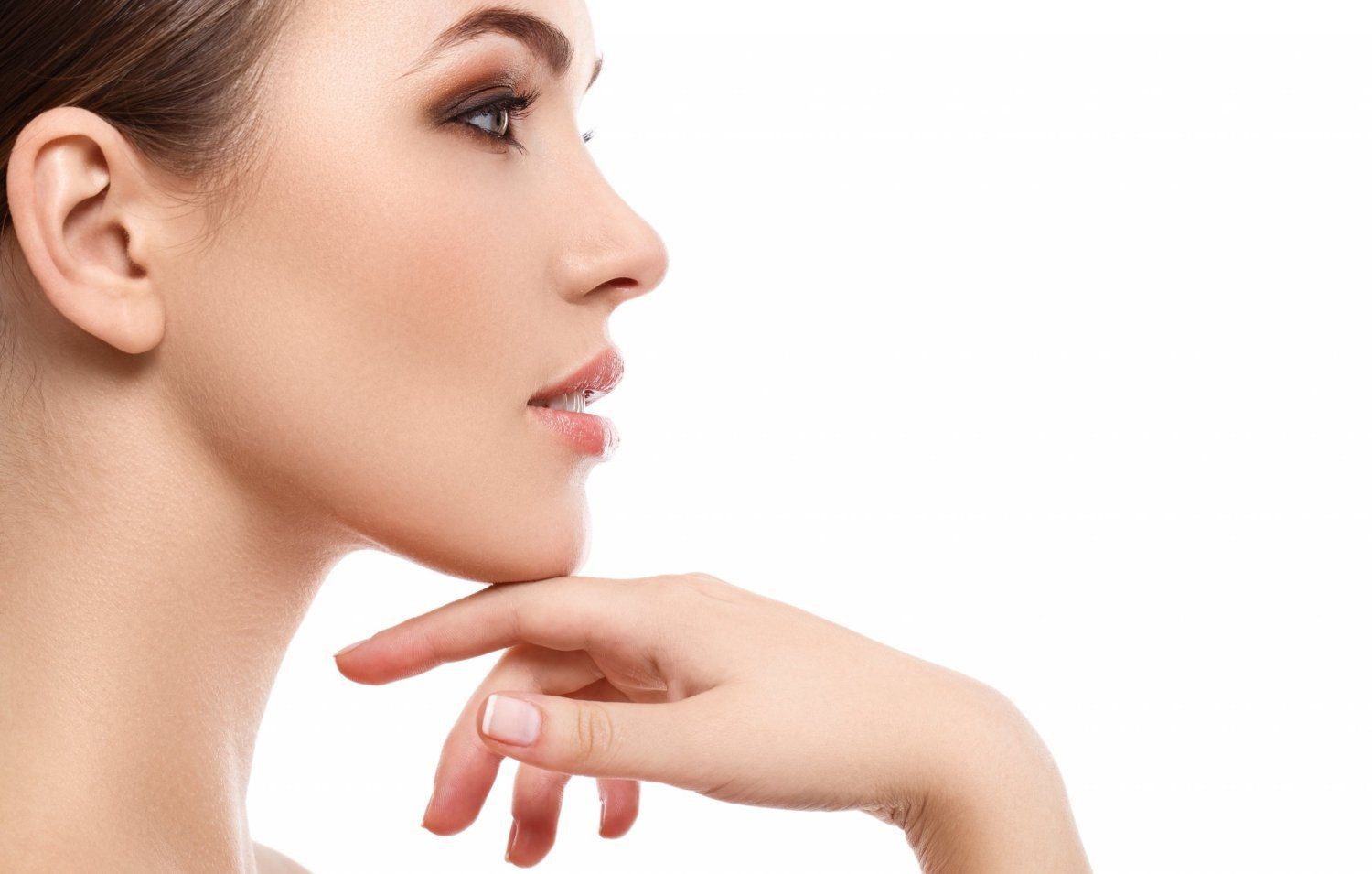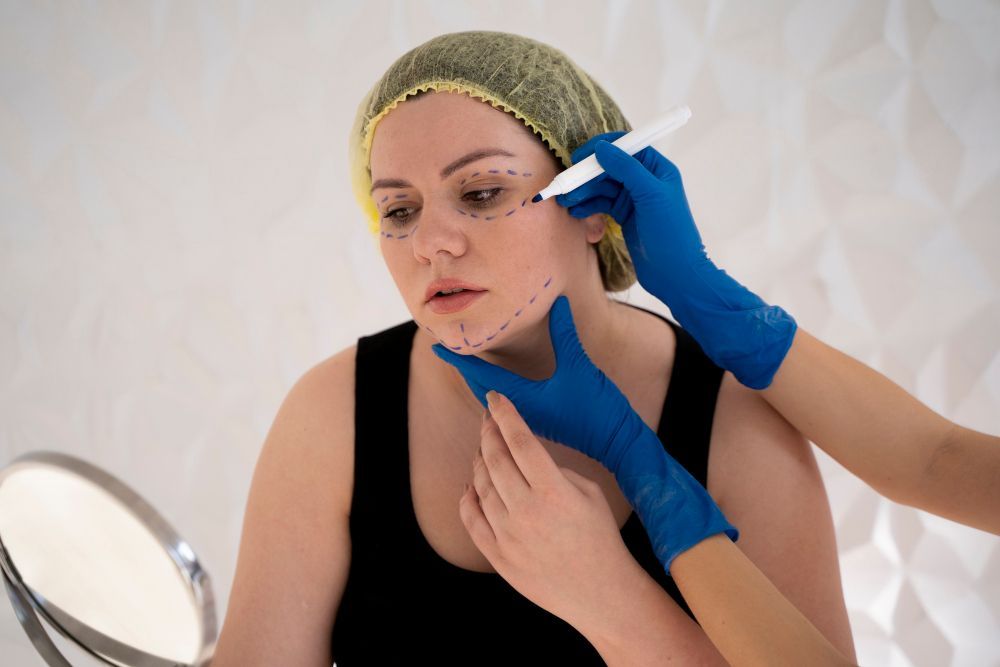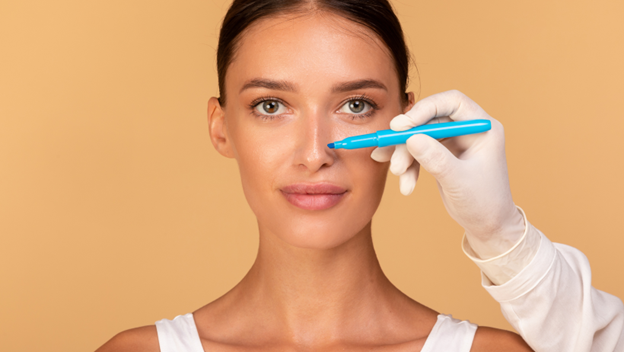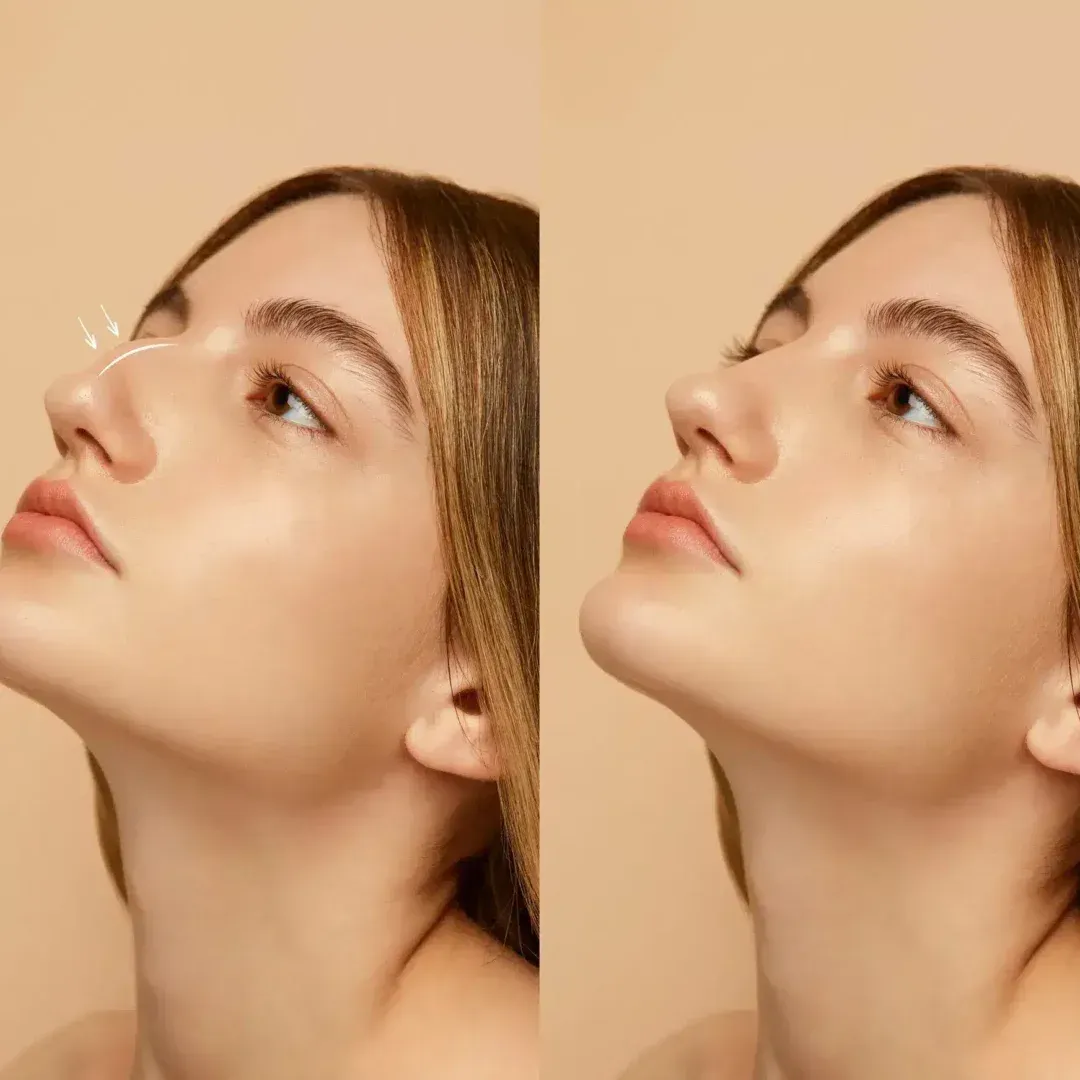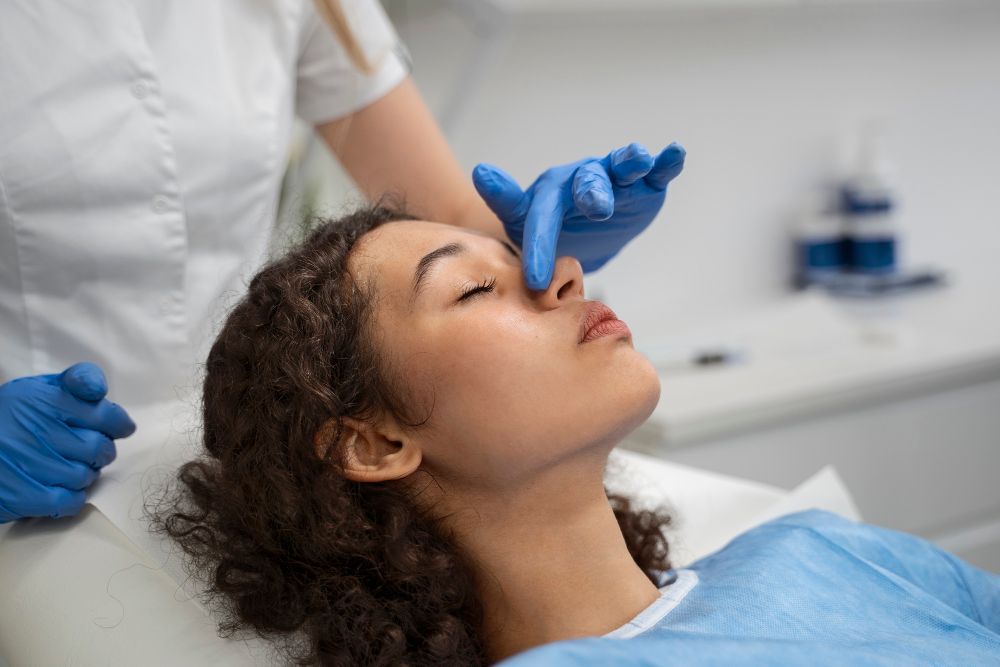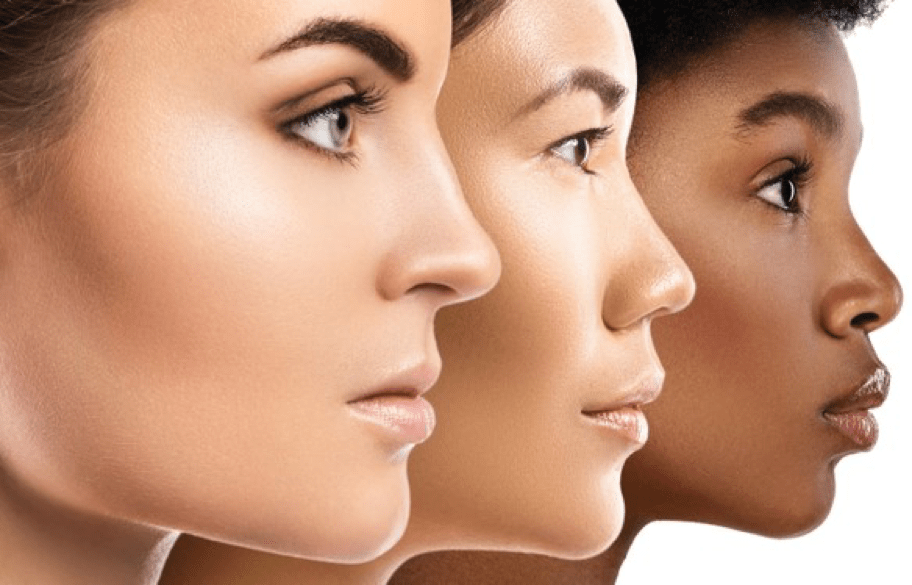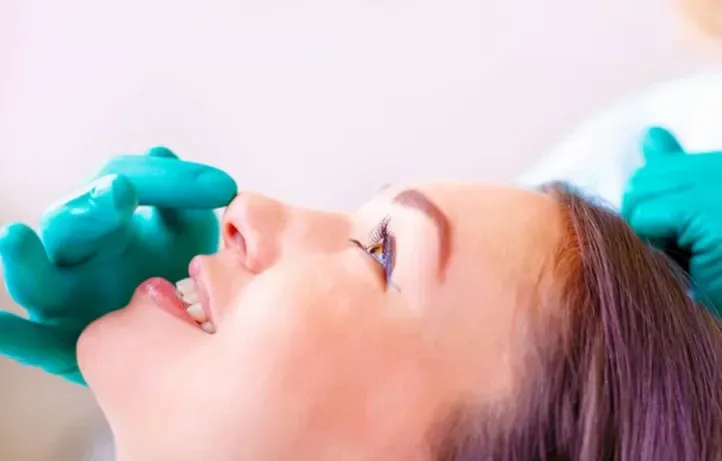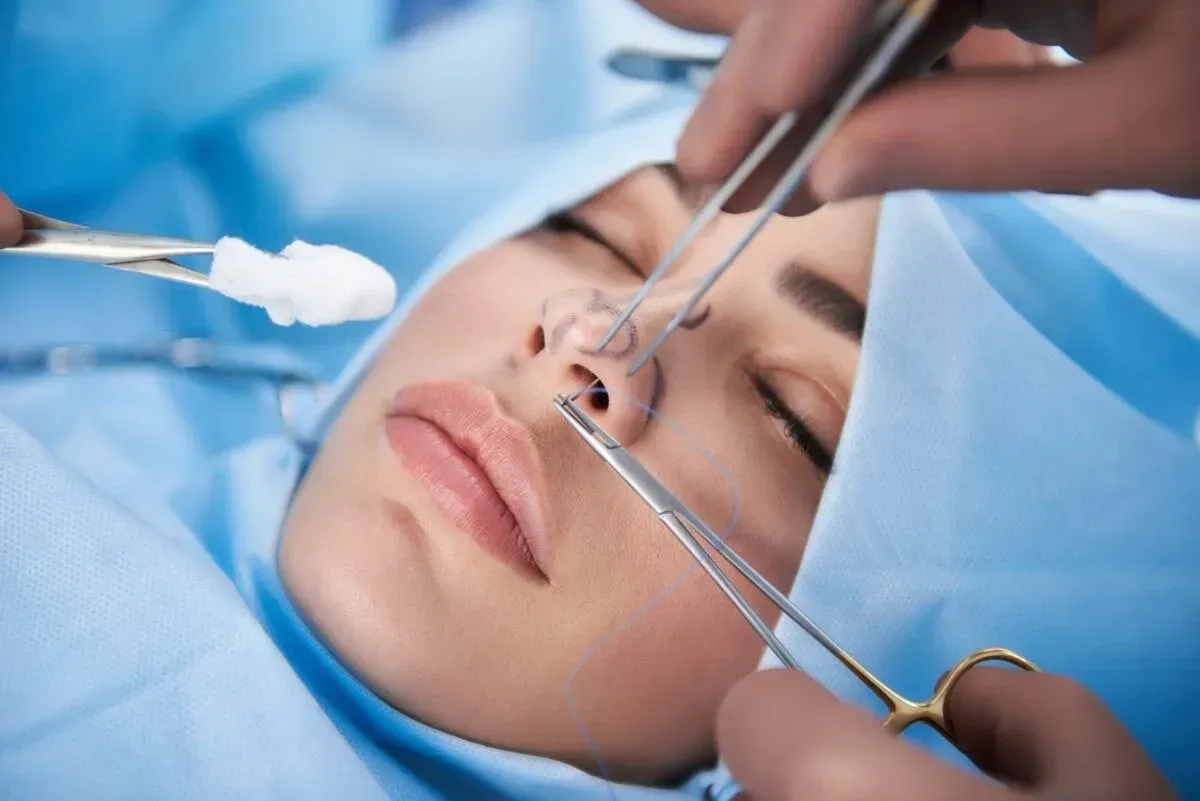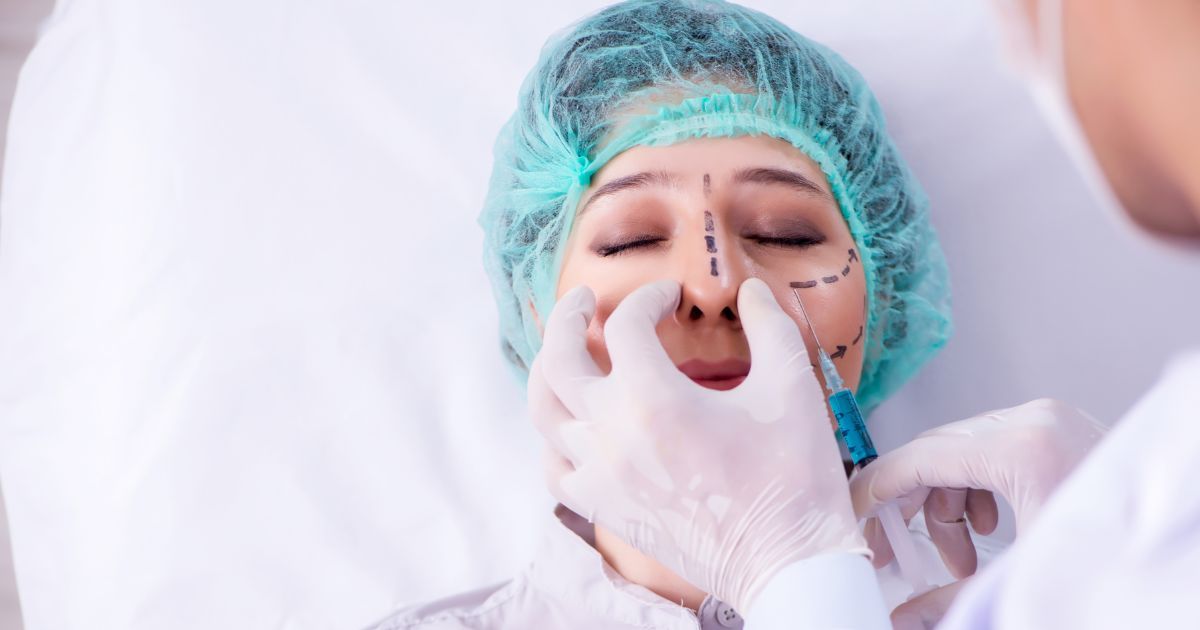Rhinoplasty for Different Ethnicities: How Korean Surgeons Adapt to Your Unique Features Inform readers how Korean surgeons expertly perform ethnic rhinoplasty for Asians, Caucasians, Africans, and M
Rhinoplasty for Different Ethnicities: How Korean Surgeons Adapt to Your Unique Features
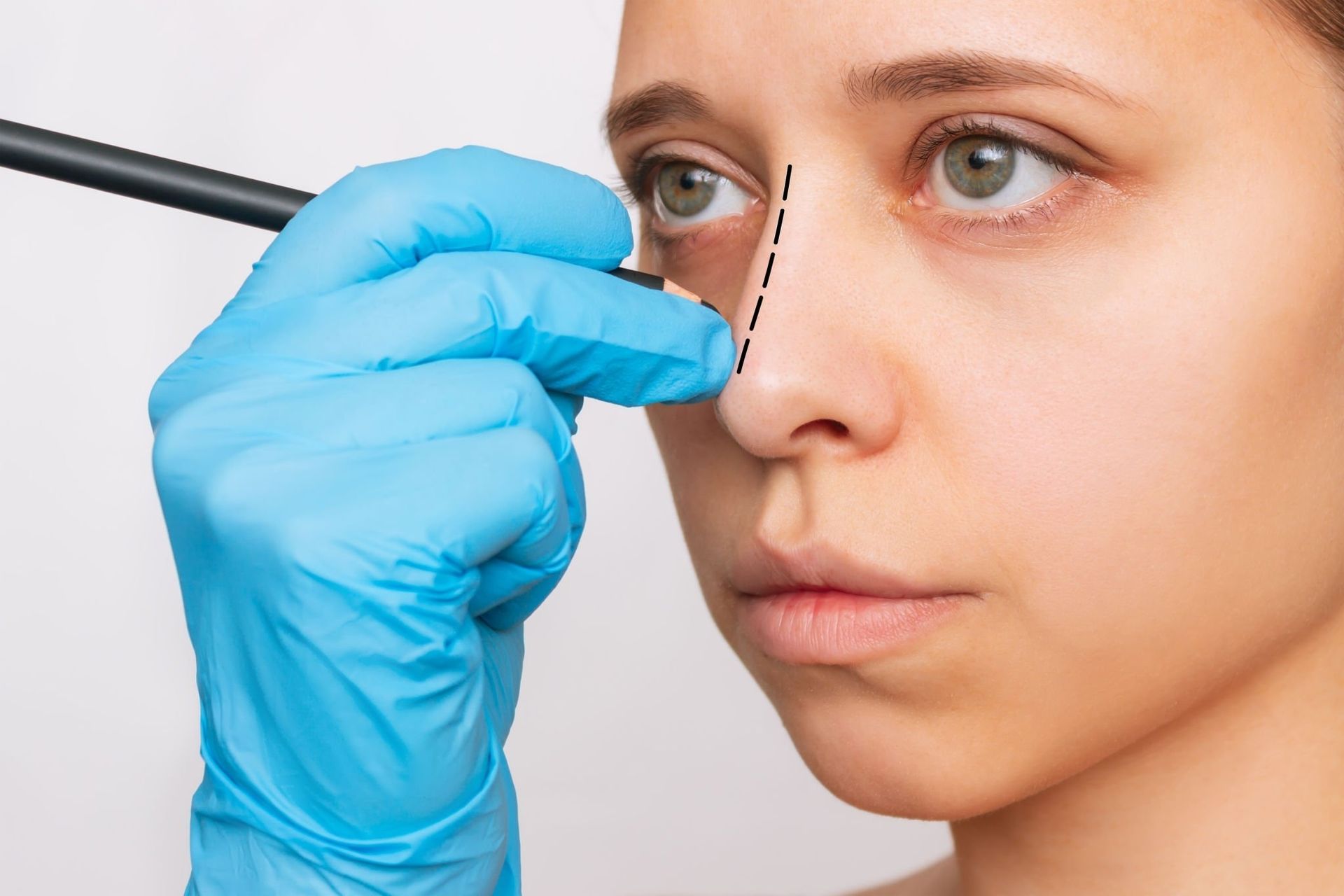
Customized Nose Surgery That Celebrates and Enhances Your Natural Identity
When it comes to rhinoplasty, there’s no one-size-fits-all approach. Every nose is unique—not just in size and shape, but also in ethnic characteristics. Aesthetic goals, nasal structure, and skin thickness can vary significantly between Asians, Caucasians, Africans, and Middle Eastern patients.
South Korea, known as the global hub for cosmetic surgery, leads the way in ethnic rhinoplasty, offering highly personalized procedures that respect each patient’s cultural identity while enhancing facial harmony. In this blog, we’ll explore how Korean surgeons adapt their techniques across different ethnic backgrounds to deliver natural, beautiful, and balanced results.
🌍 What Is Ethnic Rhinoplasty?
Ethnic rhinoplasty refers to nose reshaping techniques tailored to preserve or subtly enhance features characteristic of a person’s ethnic background. Unlike traditional rhinoplasty, which often aims for a standardized ideal, ethnic rhinoplasty embraces diversity in beauty.
Korean surgeons are internationally renowned for their ability to perform:
- Augmentative rhinoplasty for flatter nasal bridges
- Tip refinement without over-projection
- Structural support for wider or softer cartilage
- Scarless or minimally invasive techniques
- Respectful preservation of ethnic identity
🇰🇷 Why Korean Surgeons Excel in Ethnic Rhinoplasty
🏥 1. High Volume & Diverse Patient Experience
Korea treats thousands of international patients annually from Asia, the Middle East, Europe, North America, and Africa. This broad exposure allows surgeons to:
- Understand varying skin types, cartilage strengths, and nasal proportions
- Master both augmentative (adding structure) and reductive (removing/reducing features) rhinoplasty
- Avoid “Westernizing” ethnic features unless explicitly requested
🧠 2. Aesthetic Philosophy: Natural Harmony over Conformity
Rather than aiming for a “universal beauty standard,” Korean clinics focus on:
- Creating a nose that fits your individual face
- Balancing features with ethnic and gender considerations
- Ensuring results that look authentic and not surgically altered
🛠️ 3. Advanced Techniques & Materials
Korean surgeons use:
- Autologous cartilage grafts (from septum, ear, or rib) for natural and safe augmentation
- 3D facial analysis to design customized outcomes
- Minimally invasive tools to reduce trauma, swelling, and scarring
✨ Tailored Techniques for Different Ethnicities
🧑🦱 African Rhinoplasty
Common characteristics:
- Thicker skin
- Wide nostrils (alar base)
- Low or undefined nasal bridge
- Softer cartilage
Korean surgical approach:
- Alar base reduction to narrow wide nostrils
- Rib cartilage grafting for durable bridge and tip enhancement
- Tip definition using structural support techniques
- Focus on maintaining natural ethnic balance, avoiding over-projection
🗣️ "Our goal is refinement, not erasure. African rhinoplasty should celebrate structure, not conform to a different standard." — Korean board-certified surgeon
👱♀️ Caucasian Rhinoplasty
Common characteristics:
- Prominent dorsal hump
- High nasal bridge
- Thin skin
- Sharp tip angles
Korean surgical approach:
- Dorsal hump reduction with precision tools
- Tip refinement and rotation as needed
- Use of ultrasonic rhinoplasty for minimal bone trauma
- Closed or open technique depending on complexity
- Preservation of nasal function and natural contours
✅ Great for patients seeking a softening of overly sharp features or trauma correction
🧔 Middle Eastern Rhinoplasty
Common characteristics:
- Prominent hump
- Wide nasal base
- Strong cartilage
- Thick skin
Korean surgical approach:
- Conservative dorsal hump reduction
- Nasal base narrowing while preserving masculine or feminine traits
- Subtle tip rotation to create elegant, balanced proportions
- Specialized handling of thick skin and healing tendencies
- Avoids excessive changes to maintain identity
🗣️ “Middle Eastern patients don’t want a ‘Korean nose’—they want their nose, refined. And that’s what we deliver.”
👩 Asian Rhinoplasty (Including East and Southeast Asia)
Common characteristics:
- Low nasal bridge
- Short nose or upturned tip
- Thick, soft-tissue skin
- Weak cartilage
Korean surgical approach:
- Bridge augmentation using septal or ear cartilage, sometimes with a silicone or Gore-Tex implant
- Tip projection using autologous grafts
- Alar base refinement to reduce flare
- Closed rhinoplasty when minimal correction is needed
- Expertise in creating a natural yet elevated look, common in Korean and Asian beauty trends
🇰🇷 Korea is the gold standard for Asian rhinoplasty, as the techniques were largely developed and perfected locally.
🧳 What International Patients Can Expect
Many Korean clinics offer:
- Multilingual support (English, Chinese, Russian, Arabic, etc.)
- Free online consultations before you travel
- Personalized 3D simulations and detailed surgical plans
- All-inclusive medical travel packages (hotel, airport pickup, coordinators)
- Tailored aftercare for your skin type and healing process
- Long-term follow-up via online platforms
💬 Real Patient Testimonials
💠 Jada, Nigeria
“The clinic made me feel seen and understood. My wider nose was refined—not erased. I still look like me, just more confident.”
💠 Lena, France (Lebanese background)
“They reduced my hump while keeping my family’s signature look. It’s still me, but much softer and more elegant.”
💠 Rachel, Singapore
“Korean surgeons know how to enhance Asian features without making them look fake. The bridge lift and tip shaping gave me a natural glow-up!”
🧠 Final Thoughts: Embrace, Don’t Erase, Your Identity
Ethnic rhinoplasty is not about conforming to a single beauty ideal—it’s about celebrating your uniqueness and enhancing what’s already beautiful.
Korean surgeons are internationally recognized for their ability to:
- Adapt techniques across diverse facial structures
- Preserve cultural and personal identity
- Deliver natural-looking, harmonious results

